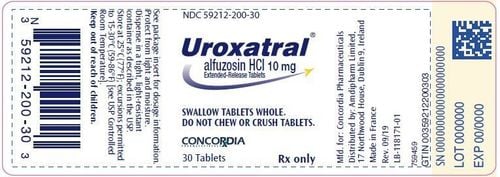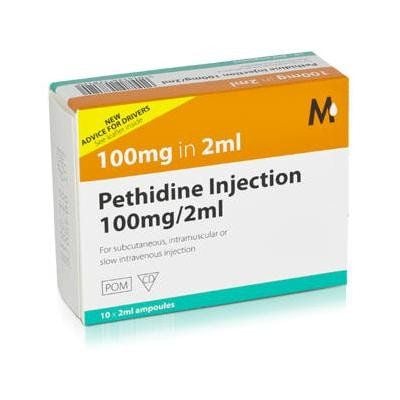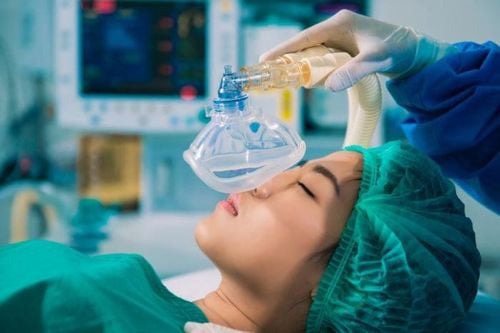This is an automatically translated article.
The article was professionally consulted by Specialist Doctor I Ho Quoc Tuan - Anesthesiologist - General Surgery Department - Vinmec Nha Trang International General Hospital. Doctor Quoc Tuan has many years of experience in the field of Anesthesia - Resuscitation.Anesthesia-led hypotension is a method to actively lower blood pressure, adjust the patient's blood pressure in each stage of surgery so that it is appropriate and can easily restore blood pressure to the original.
1. What is hypotensive command?
Anesthesia-led hypotension is a method to actively lower blood pressure, adjust the patient's blood pressure in each stage of surgery so that it is appropriate and can easily restore blood pressure to the original. In fact, this method of anesthesia is quite unfamiliar to everyone, but in surgery, it is quite common.However, the method of controlling blood pressure is used for the purpose of reducing bleeding at the incision site, thereby facilitating surgery and reducing blood loss during surgery.
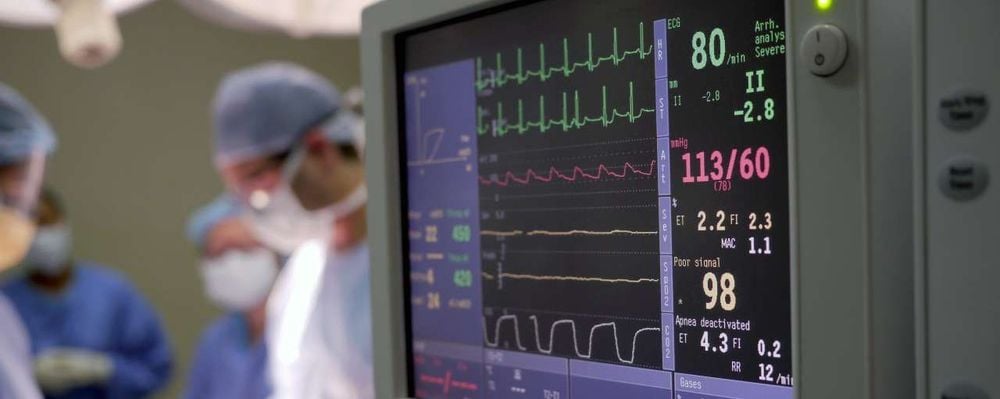
2. Mechanism of the hypotensive-guided approach in anesthesia
The mechanism of the hypotensive-led approach in anesthesia is as follows:2.1. Intraoperative hypotension with vasodilators The amount of bleeding at the incision site depends on the maximal blood pressure, not on cardiac output. Arterial blood pressure decreased but did not reduce cardiac output and did not disturb cellular metabolism.
Theoretically, blood pressure lowering should still ensure sufficient blood flow to meet the needs of the organization. Therefore, mean blood pressure must be higher than capillary osmotic pressure and venous pressure (usually in the range of 32 mmHg). However, this pressure is difficult to predict because it must take into account the different needs of special organizations, take into account the consequences of organ degeneration due to aging and systemic atherosclerosis. blood vessel.
The reduction in blood pressure commanded during anesthesia requires attention to the consequences of vasodilatation. Peripheral vasodilation can be achieved in one of two ways:
Partial or complete removal of vasoconstrictor tone. Acts directly on the smooth muscle of the arterioles. Deep anesthesia during hypotensive control will reduce the oxygen consumption requirements of the organs, especially the brain, and at the same time contribute to increase the effect of vasodilators. In addition, when deep anesthesia will lose the regulation of the circulatory system, leading to a change in the effect of vasodilators.a
Vasodilation leads to changes in the arterioles, but a small change in blood flow must be ensured, so mean blood pressure and surface pressure must be reduced. The amount of blood flow in the blood vessels involved in surgery is reduced by reducing the surface of the blood vessel by reducing the wall pressure and the conversion pressure.
Hypotension directed by vasodilators depends on the following factors:
Degree of hypotension: profound or moderate. Drug type, dose, and site of action are arterioles, venous, or mixed. Mechanism of action of nervous and neurohumoral reflexes (renin-angiotensin system, prostaglandin, vasopressin, autonomic nervous system,... Circulating blood volume: ensuring circulating blood volume to ensure Stabilization of cardiac output is essential.
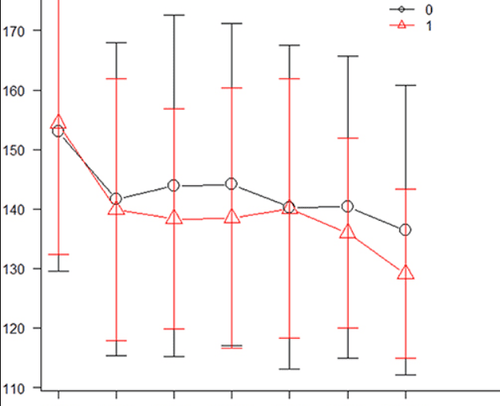
When the patient is lying with the head elevated, the carotid artery pressure will be lower than the heart pressure, for every 2.5cm difference in the head, it is necessary to subtract 2mmHg. The patient should not be placed in a head position higher than 250, and should not lead to hypotension in the sitting position.
However, when the patient is in the low head position, there is always a risk of overloading the pulmonary circulation. In this position, the return of superior vena cava blood is affected by increased thoracic pressure. This condition manifests itself through varicose veins of the neck, stagnation of capillary circulation. Elevated jugular venous pressure and decreased cerebral blood flow. During abdomino-pelvic surgery, the patient's head position should not be lower than 25 - 300.
In the supine position, the patient's hemodynamics are not affected by anesthesia and hypotension. In the prone position, it causes blood stasis in the lower extremities. It is not recommended to lower the blood pressure in command in the flexed position because the cardiovascular and cerebrovascular risks are unpredictable. During head and neck surgery, the patient's head should not be tilted excessively because it will obstruct the jugular venous blood.
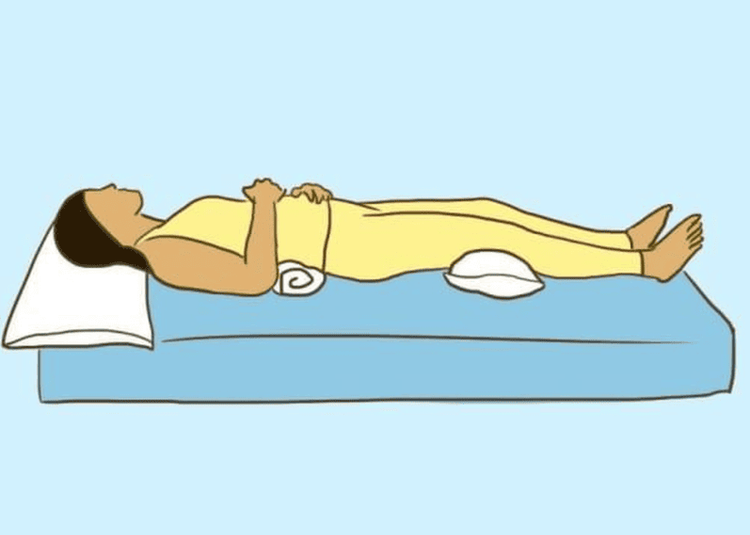
To maintain autoregulation of cerebral circulation, blood pressure should not be reduced more than 60% of normal in neurosurgery and not less than 80 mmHg in other surgeries.
In the case of patients with increased intracranial pressure, antihypertensive drugs all increase intracranial pressure by increasing cerebral blood volume but decreasing cerebral perfusion pressure. Therefore, in neurosurgery, antihypertensive drugs are used only when the dura is opened, especially in patients with increased intracranial pressure. Mean blood pressure can drop to 40 mmHg within minutes, but the risk of nerve damage increases when mean blood pressure drops above 50 mmHg. Ventilation should be adjusted to maintain Pa02 100 mmHg and PaC02 around 30 mmHg. It is also necessary to maintain appropriate anesthesia to reduce cerebral oxygen consumption.
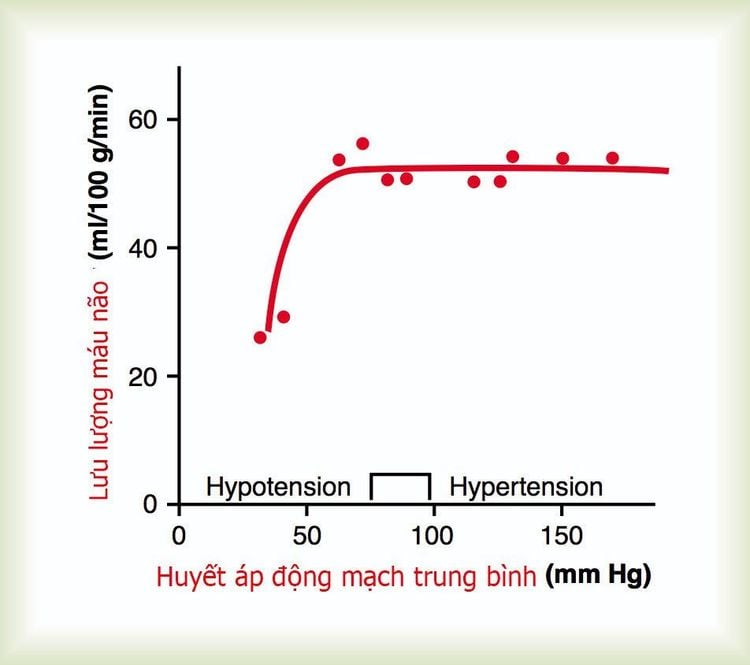
In the process of leading hypotension, the wall pressure, myocardial contractility, myocardial oxygen consumption need to be reduced provided that the reflex tachycardia is avoided. Therefore, coronary blood flow decreases and myocardial energy metabolism remains stable on the basis of balance between myocardial oxygen supply and consumption.
Experimental and clinical studies have shown the effect of controlled hypotension on perfectly normal coronary circulation. In many animal studies, coronary circulation was maintained and even increased when blood pressure was lowered to 45 mmHg. In humans, myocardial ischemia can occur even when the systolic blood pressure is still above the self-regulating limit, but the diastolic blood pressure is lowered or the heart rate is increased. heart muscle squeeze. In summary, the risk of myocardial ischemia following hypotensive-command hypotension is negligible.
In the case of coronary atherosclerosis, when coronary artery dilation by vasodilators in the process of lowering blood pressure can lead to coronary artery robbery - the phenomenon of increased perfusion in the area with normal blood vessels. usually above the atherosclerotic vascular area. No vasodilator is ideal for preexisting coronary artery disease when mean blood pressure is <70 mmHg.
2.3.3. Pulmonary circulation Most vasodilators affect gas exchange in the lungs. Pa02 decreases due to one of the following reasons:
Increased shunt activity: Vasodilators tend to increase cardiac output, inhibiting hypoxic pulmonary vasoconstriction leading to increased shunt activity. Halogen anesthetics do not increase shunt activity. Increase physiological dead space
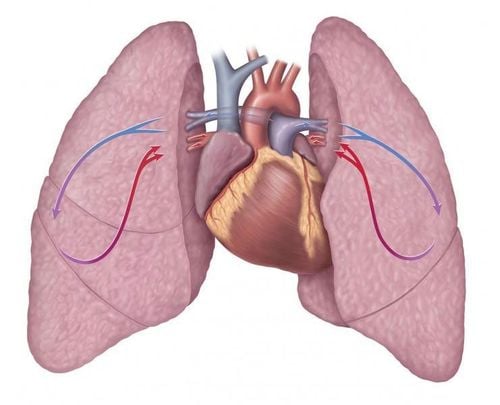
2.3.5. Spinal circulation There are currently no antihypertensive drugs to maintain stable spinal cord blood flow with an average blood pressure of 60 - 120 mmHg. With Nitroprusside, spinal circulation is usually increased when mean blood pressure is above 60 mmHg, but when mean blood pressure is below 60 mmHg, spinal blood flow is decreased. However, marrow blood flow was maintained when mean blood pressure remained 48 mmHg.
2.3.6. Hepatic and visceral circulation The vascular system in the liver is mixed, the portal vein blood flow accounts for 70-80% of the liver blood flow, the rest is supplied by the hepatic artery. The regulation of blood flow in the liver involves only the hepatic artery. There is no ideal regulation between the visceral and portal venous circulation. There is always a relationship between portal venous flow and hepatic artery flow: as portal flow decreases, hepatic artery resistance decreases and hepatic artery blood flow decreases. Many studies have shown that liver blood flow is maintained or increased with the use of antihypertensive drugs such as nitroglycerin or nitroprusiat.
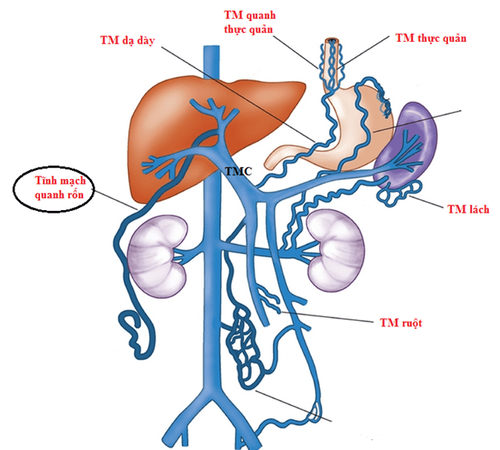
2.3.8. Ocular circulation When hypotension is directed, the intraocular pressure will be reduced because it is highly dependent on blood flow and intraocular fluid volume. The reduced blood flow to the eye can lead to visual disturbances and even blindness due to retinal clotting disorders.
3. In which case is the hypotensive command in anesthesia indicated?
Command hypotension is indicated to facilitate surgery and reduce intraoperative bleeding in the following cases:Cranial neurosurgery: aneurysm, large vessel tumor, meningioma. Major bleeding cancer surgery. Vascular surgery: aortic arch dissection, portal aortic arch, congenital aortic arch stenosis, aortic dissection aneurysm,... Major trauma surgery, loss of a lot of blood. Bleeding is difficult to control during surgery.
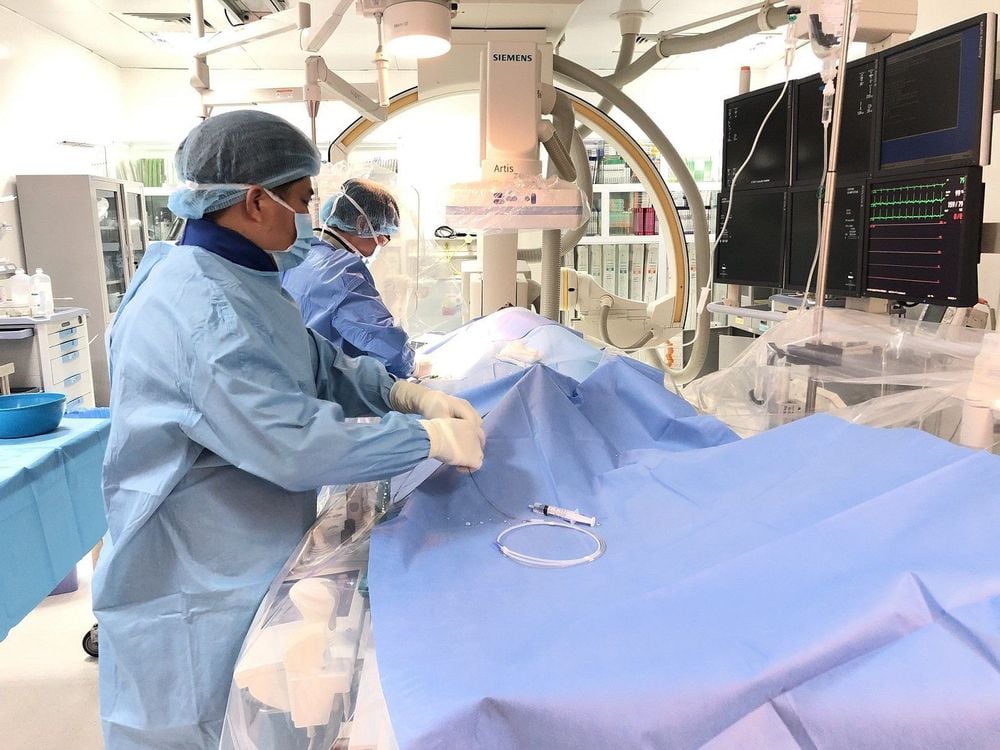
4. Cases of contraindication to command hypotension
Absolute contraindications to the management of hypotension:Patients with low circulating blood volume, especially with associated anemia. The patient has increased intracranial pressure and cerebral ischemia. Patients with myocardial ischemia. Patients with liver failure. Patients with renal failure. Patient has severe hypertension. Relative contraindications of command hypotension:
Pregnant women. Anesthesiologists are inexperienced, medical facilities lack equipment for monitoring and resuscitation in surgery. Thus, blood pressure lowering in anesthesia is a method to help doctors actively lower blood pressure for patients. Monitor and control patient's blood pressure in each stage of surgery and restore blood pressure to baseline easily. This method helps to reduce bleeding at the incision site, thereby facilitating surgery and reducing blood loss during surgery. However, this is a difficult technique that requires highly qualified personnel, along with a medical facility that must have all the necessary equipment.
Currently, Vinmec International General Hospital has a team of professors, doctors, doctors, ... leading in the surgical department who have successfully performed many surgeries, anesthesia and resuscitation. Besides, with modern equipment, complete facilities will bring the highest efficiency for treatment.
Especially, so that patients across the country can easily visit, now, Vinmec International General Hospital also deploys general health checkup packages, helping patients detect many diseases early. disease and get the best treatment.
Please dial HOTLINE for more information or register for an appointment HERE. Download MyVinmec app to make appointments faster and to manage your bookings easily.





